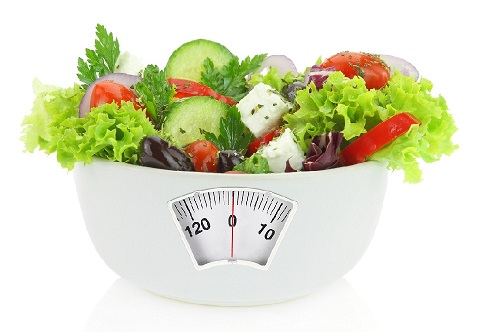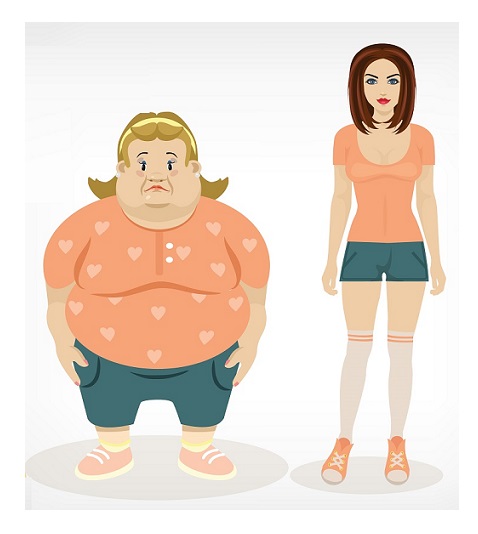Some people like to have a “beach body“. Some people want chiseled abs. And some want their love handles to be melted away. Interestingly, most of them expect a quick fix towards their goals.
A genuine fat loss requires intellectually customized diets and carefully designed exercise plans. The growing rate of obesity around the world has made it a global challenge. This imposes a huge cost on health care systems through the consequences it gives birth to.
Weight loss seekers should keep in mind that there is no silver bullet to their problems. A sustainable weight loss requires setting realistic goals, scientific dietary changes, behavioral modifications and biochemical manipulations of the body.
The fact that the human body is very intricate and beautiful in its complex delicacy makes weight loss difficult and challenging to many. An increase in the number of so-called “fitness gurus“―who lack the basic knowledge of physiology and biochemistry―the bombardment of junk science through social media, nutritional quackery, and the profiteering of supplement industries are the major factors driving the promotions of unhealthy weight loss―also known as a crash diet.
The criteria of a crash diet:
Crash diet is also called “fad diet” or “diet cult”. There is no consensus about the definition of a crash diet. In general, people think of a crash diet as losing large amounts of weight in a short period of time. The general public believes that a fad diet promises quick weight loss through what is usually an unhealthy and unbalanced diet. However, that is not the case.
As per definition of the CAASN (Canadian Academy of Sports Nutrition), a crash diet has the following three criteria:
a) The person attempts to lose weight in a short period of time.
b) The total daily calorie count is less than 50% of that of BMR.
c) There is a decrease in muscle mass.
The speed by which you attempt to lose weight is an essential criterion for a crash diet. Generally if you are trying to lose more than 5 Ibs in a week, you meet the first criterion. You should bear in mind that “crash diet” and “quick weight loss” are two different concepts. Quick weight loss (also called rapid weight loss or sharp weight loss) is when you lose more than 3 Ibs in a week. In fact, every crash diet leads to a quick weight loss, but not every quick weight loss comes from a crash diet.
The second criterion to label a diet as a crash diet is the total amount of calories consumed. Overall, the total calories in a crash diet could be as low as 500 calories in a day. The Canadian Academy of Sports Nutrition defines a crash diet as when the total daily calories are less than 50% of that of BMR (basal metabolic rate). For example, if your BMR is 1268 calories and your total daily calories drops to below 634 calories, you meet the second criterion.
A decrease in muscle mass must also exist to define a crash diet. If your diet is very low in calories but your daily protein intake is high enough to save your muscle mass, you do not meet the third criterion. For instance, if you are a 45-year-old female with a body weight of 70 kg, then your BMR would be 1190 calories. If you go on a diet with 520 calories in a day, but your daily protein intake is 90 grams per day, you do not meet the third criterion because your protein intake is high enough to sustain your muscle mass.
What are some examples of crash diets?
Examples of crash diets include, but are not limited to:
Cabbage soup diet.
The air diet.
The caveman diet.
Chicken soup diet.
Lemon juice diet.
Egg-grapefruit diet.
The fork diet.
Radish diet.
Master cleanse diet.
Skinny Asian diet.
Slim fast.
Juicing diet.
One of the consequences of a crash diet is yo-yo dieting or boomerang weight loss. We will write more about yo-yo dieting and boomerang weight loss soon.
Abazar Habibinia, MD, DFN
Executive Director of The Canadian Academy of Sports Nutrition




